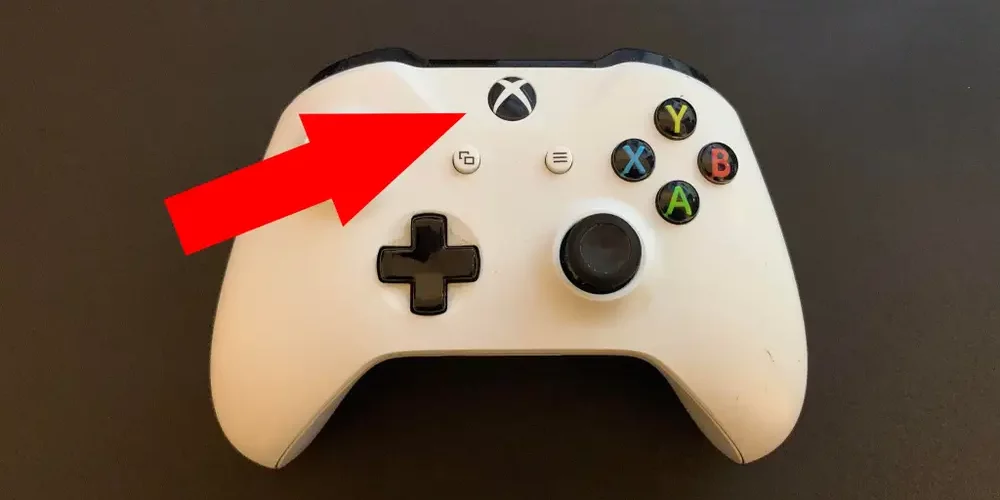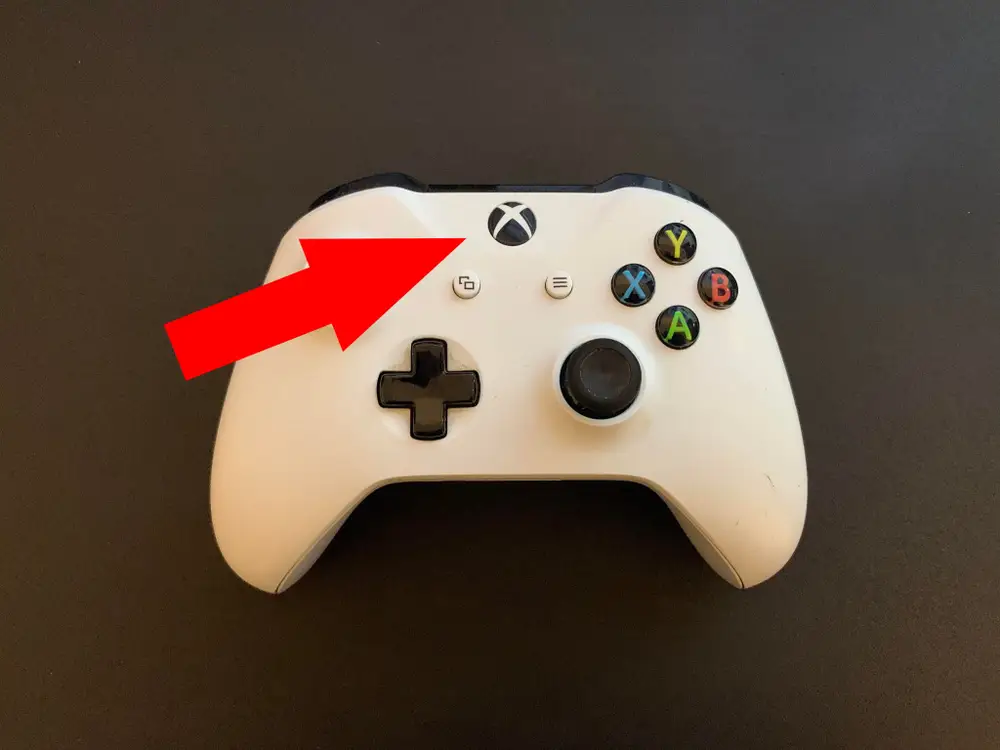Table of Contents
Why is My Xbox Controller Not Connecting?
Xbox Controller Not Connecting? If the Xbox button is flashing or turning off, this usually indicates that it is unable to connect to a console. Players can try syncing the controller with another one to see if this resolves the issue.
It could also be due to an outdated firmware. To check for an update, players can open the Guide on their console and go to Profile & System, Settings, Devices & Connections, and Accessories.
Check the Batteries:
If the controller is not connecting, it is likely because the batteries are dead or low on power. This can be resolved by replacing or recharging the batteries. It is important to use genuine Xbox One batteries, as these are designed to meet the specific power requirements of the controller. Other types of batteries, such as those used in remote controls or other devices, may not be able to provide the necessary amount of power.
Players should also make sure that the batteries are properly installed, as this can affect the performance of the controller. Players should remove the battery cover from the controller and carefully install the batteries, making sure that the terminals match up. Then, the players should slide the battery cover back into place and press the Xbox button to check the controller’s battery level on the Home screen.
If the battery level is fine and the controller’s light is still blinking, players can try to fix it by performing a hard reset on both the console and the controller. This will help to eliminate any bugs or connection issues that are preventing the controller from connecting. To perform a hard reset, players should first unplug the Xbox One console from its power source and wait for a few seconds before plugging it back in.
Check for Interference:
If the controller is blinking quickly, it means that it’s trying to connect to a console or PC. Blinking at a slower rate may indicate that the controller is out of range of connectivity, which can be fixed by moving closer to your console or eliminating barriers in your gaming area. Check for other devices or appliances that may be emitting competing signals, such as wireless routers or microwave ovens. These can interfere with the syncing process.
A quick restart of your console and/or controller can reset the connection status. If the problem persists, try using another controller. Or even a friend’s Xbox to locate the source of the issue. If the controller still does not connect properly. It may require a firmware update.
If you’re using a Windows computer, the best way to ensure that you’re getting the latest drivers for your controller is to download them from Microsoft’s website and install them. Once the drivers are installed, you can use the controller again and see if it works correctly. If not, try one of the other methods in this article to troubleshoot the problem. If the issue isn’t resolved, it might be time to replace the controller. A defective or worn-out controller is not worth the risk of injury or property damage. You can purchase a new Xbox controller from Amazon or your local electronics store.
Check the Connection Range:
If your controllers are constantly disconnecting, it might be because they are too far away from the console. The Xbox One wireless controller has a maximum range of 19-28 feet, according to Microsoft. Ensure that your controller is within this range, and remove obstructions between the controller and console. Laptops, metal shelving, and similar items could be blocking the signal. If the problem persists, try relocating your gaming rig.
It is also possible that your Windows drivers are outdated and need to be updated. This is more likely the case for older PCs that have been running the same driver for a while. To fix this, simply right-click on an empty space in the Windows home screen and select “Search programs and files”. Look for the controller drivers and right-click on it to update it.
If re-syncing the controller fails to resolve the issue, try using a different wired controller. This will confirm if the Xbox controller is the cause of the issue and help you find the problem. If the other controller is working properly, then the original controller might have a hardware problem that can only be fixed by contacting Microsoft for support. For the best results, make sure to use a high-quality cable when connecting your controller. This will reduce the chances of any issues during the troubleshooting process.
Check the Hardware:
If the syncing issue hasn’t resolved itself, your controller could be experiencing hardware issues. Your controller uses a microchip to regularly communicate with the Xbox console, so it’s important to update that software (called firmware) from time to time. Keeping the controller’s firmware up to date will ensure it can properly connect to your PC and the Xbox.
Like any wireless device, your controller can sometimes face interference from other devices in the home. This can be caused by devices like Wi-Fi routers, cordless phones, and microwave ovens, all of which use the same part of the wireless spectrum as your controller. You can help prevent interference by removing these devices from the gaming area if possible.
Another potential reason for the controller not connecting is that it’s simply out of range of connectivity to the console. This can be resolved by moving the controller closer to the console.
If the above troubleshooting methods haven’t worked, you may need to contact Microsoft for a repair. Luckily, Microsoft repairs Xbox hardware on a daily basis so the process is relatively simple and inexpensive. You can contact them here for more information.






Add comment